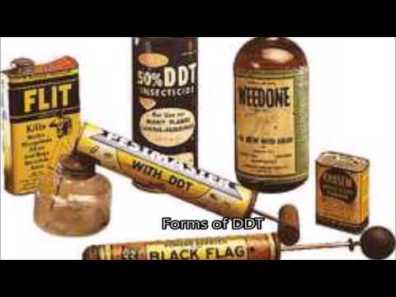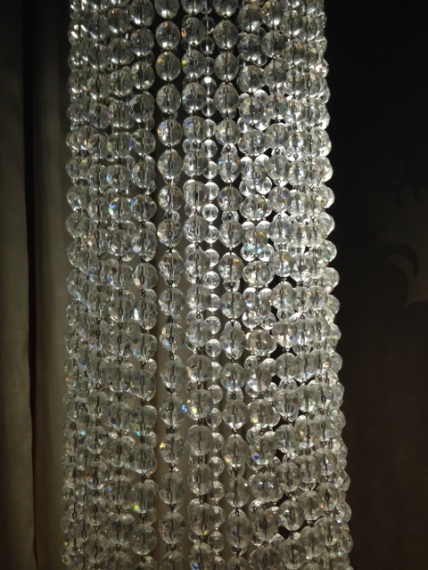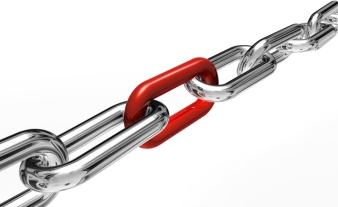 Time to put on my skeptic’s hat.
Time to put on my skeptic’s hat.
The news has again been filled with various reports on cancer, cancer prevention, and cancer treatment. Some of this news has shown up in my mail – both snail and electronic. First came the plea for contributions from the American Cancer Society, with the optimistic headline that says “Yes, we are beating cancer!” This headline is backed up by statistics stating there’s been a 25% decline in cancer death rates since 1991, and that “more than 2.1 million cancer deaths have been avoided during this time!”
Their crystal ball must be pretty good to be able to see what *didn’t* happen during this time span. A decrease in cancer deaths, while great news, doesn’t tell you that cancer rates are expected to rise.
Then there was the email notice from the Cancer Prevention Institute of California (motto: “Preventing Cancer. Promoting Life.”) that includes an “infographic” (a.k.a., chart) of ways that you can reduce your risk of cancer by one third to one half. The list has the usual steps: eat a balanced and healthful diet, get exercise, protect yourself from the sun, get the HPV vaccine, and avoid smoking and eating too much red meat. This is useful – but not exactly cutting edge – information indicating that the 30% to 50% risk reduction relates primarily to cancers of the colon, lung, skin, and a basketful of general cancers not entirely specified.
Also in this email is a link to a press release about a study of triple negative breast cancer, which found that “women under the age of 50 who breastfed for at least 24 months over their lifetime had a lower risk of developing TNBC. For women with three or more full-term pregnancies, risk increased two-fold if they did not breastfeed or only did so for less than a year. No increase in risk was seen for women who breast-fed for more than a year.”
Feeling confused? So am I, and I even try to keep up with the research on TNBC. These latest findings still don’t explain why I ended up with that particular cancer. According to this study – and the fact that I generally lived by the tips on the infographic — I should have been at low risk for cancer in general.
At this juncture on Cancer Road, I’ve stopped thinking there will ever be a single cure for cancer, or even one cure for everyone with a single type of cancer. The more research is done, the more clear it becomes that the term cancer covers an ever-increasing number and variety of cell abnormalities. Though there may be cures for some specific cancers, this disease will always be a few steps ahead of science.
I am grateful for (and contribute to) the researchers who dedicate their life’s work to finding cures, and appreciate the various organizations that try to educate us about risks and prevention. Though I understand the need for optimism and see the value in charting progress, none of it explains why — if you do the math — 50% to 70% of cancers don’t seem to be preventable, at least not by controlling the factors listed in the infographic.
If we can control some of the risks that lead to certain cancers, there must be ways to prevent others as well. But the prevention information peddled to the general public doesn’t address how to do this. The information largely puts the burden of prevention on the individual – do this, don’t do that — and ignores the larger picture.
During this month, which honors cancer prevention, I’ve been reading a book that, at first glance, doesn’t seem directly related to the topic: Silent Spring, by Rachel Carson. Published in 1962, the book details the drastic increase in the use of pesticides and herbicides since 1945, and their catastrophic effect on fish, plants, wildlife and — it turns out — humans throughout the 1950s. This book is generally credited with advancing the environmental movement, though Carson herself died of breast cancer two years after the book came out.
Carson’s findings aren’t news to those who know her work or are active in the environmental movement. Reading Silent Spring reminded me of the environmental chemicals I was exposed to over the years (weed killers, insecticides, household cleaners, chlorine in swimming pools), some of which I had control over and most of which I didn’t (DDT wasn’t banned in the U.S. till 1972, when I was 12).
Connecting these various dots, I’d like to propose two steps:
- Prevent what you can: Along with eating well and giving up smoking – activities we have control over — we should give up using harmful environmental chemicals whenever possible. (Throw away those ridiculous air fresheners and welcome the weeds in the lawn.)
- Fight what you can’t: Petition the manufacturers of such chemicals to assign some of their scientists to cancer studies in search of a cure. After all, if they’re going to create cancer-causing agents, the least they can do is try to repair the damage.
Maybe then we’ll see a decrease not just in cancer deaths, but in the rates of those other cancers too.
For a list of top 116 cancer-causing chemicals and activities, click here. See how many of these you can remove from your life.


 Pay close attention to the small things. Like the crystals on the light fixture you see here. This is the light that was hanging in the corner of a hotel room in Portland, Oregon, where I happened to be when I got the news about the death of Brian Doyle. Like most fixtures in hotel rooms, it was easy to overlook once you’d seen it – aglow in the corner, unobtrusively emanating light through simple pieces of glass.
Pay close attention to the small things. Like the crystals on the light fixture you see here. This is the light that was hanging in the corner of a hotel room in Portland, Oregon, where I happened to be when I got the news about the death of Brian Doyle. Like most fixtures in hotel rooms, it was easy to overlook once you’d seen it – aglow in the corner, unobtrusively emanating light through simple pieces of glass.
 My apologies to Shakespeare for the skewed headline, but that’s the first thing that came to mind when I read the results of a recent report on a perennially confusing topic for those of us who have had breast cancer: whether eating soy products is helpful or harmful.
My apologies to Shakespeare for the skewed headline, but that’s the first thing that came to mind when I read the results of a recent report on a perennially confusing topic for those of us who have had breast cancer: whether eating soy products is helpful or harmful. If you’re unfortunate enough to have to go through chemotherapy, the oncologists and nurses who support you through the ordeal are pretty good about telling you what to expect. The infusion nurses, especially, know the realities of chemotherapy and are wonderful supports.
If you’re unfortunate enough to have to go through chemotherapy, the oncologists and nurses who support you through the ordeal are pretty good about telling you what to expect. The infusion nurses, especially, know the realities of chemotherapy and are wonderful supports.
